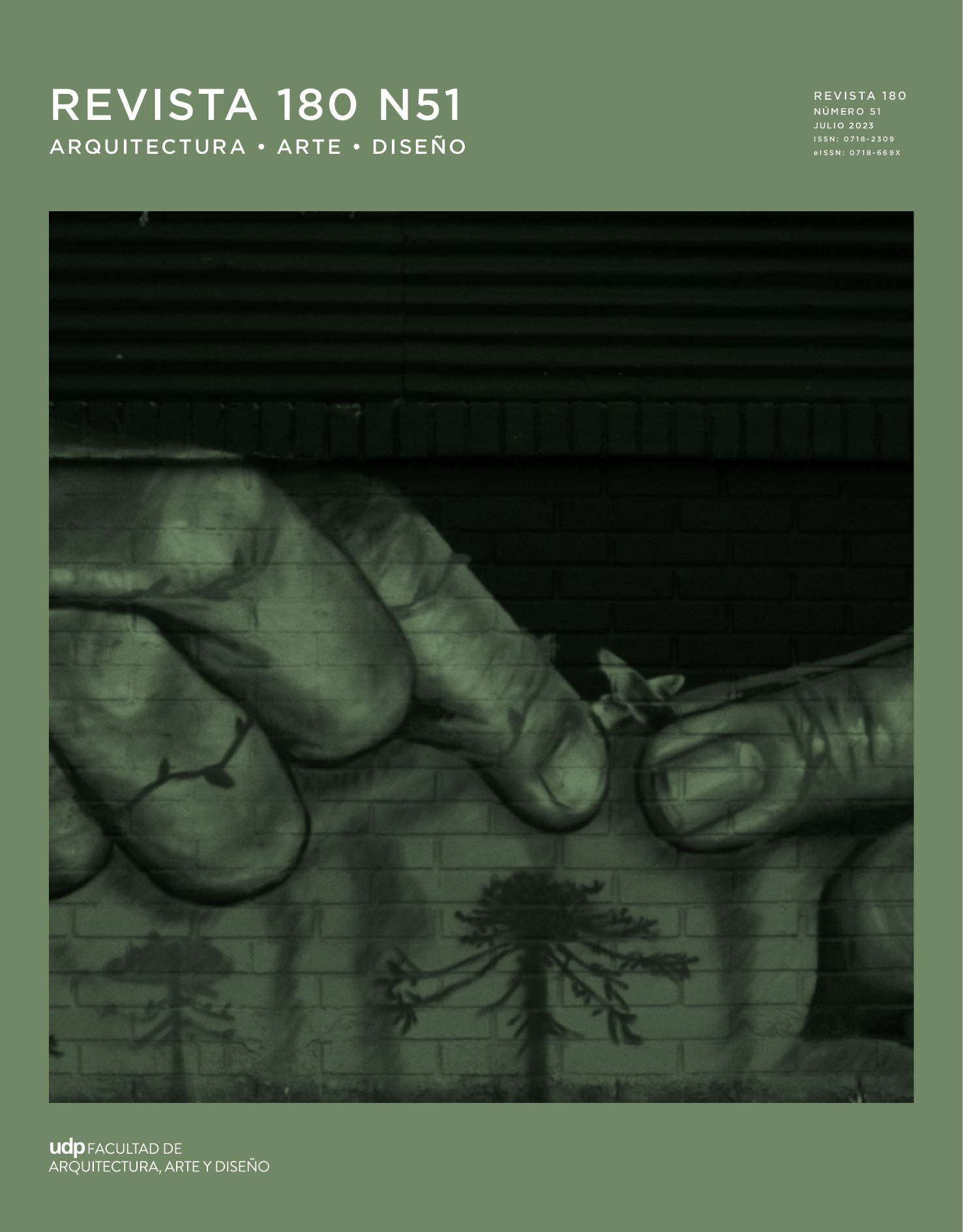INNER PERIPHERIES CONFIGURATION IN TWO MEDIUM SIZE CITIES: ANTOFAGASTA AND PIURA. THE INFLUENCE OF THE HOSPITALS’S LOCATION IN THEIR URBAN FABRIC CONSOLIDATION
Published 2023-07-31
Keywords
- Antofagasta,
- urban growth,
- hospitals,
- inner peripheries,
- Piura
How to Cite
Copyright (c) 2023 Revista 180

This work is licensed under a Creative Commons Attribution 4.0 International License.
Abstract
Using the inner periphery concept this article studies the evolution of two medium size Latin American cities: Piura in Peru and Antofagasta in Chile, identifying the hospitals’s location in the planimetry developed to describe these cities growth during the 20th century. The underlying hypothesis to be verified refers to the fact that urban scale facilities like hospitals, especially during the first part of the century, carry out a relevant role in the construction and consolidation of both cities defining peripheral border areas which, eventually, end up forming new urban zones with strong internal limits within the consolidated cities. Thus, due to their urbanizing role, hospitals can be considered milestones in the growing process of these cities. In some cases, like Antofagasta, the hospital was adjoined by a set of facilities (a cemetery, a morgue and a lazaretto), creating an ensemble of equipment that used to be part of the periphery of the Latin American cities until the 1940’s. A cartographic analysis method is used, based on the expansion of both cities. The conclusions show both the urban and territorial functionality of hospitals, as well as their capacity to define internal or peripheral limits that, in the case of the studied cities, endow them with specific meaning and identity.
